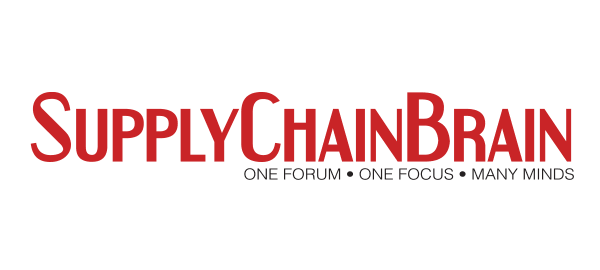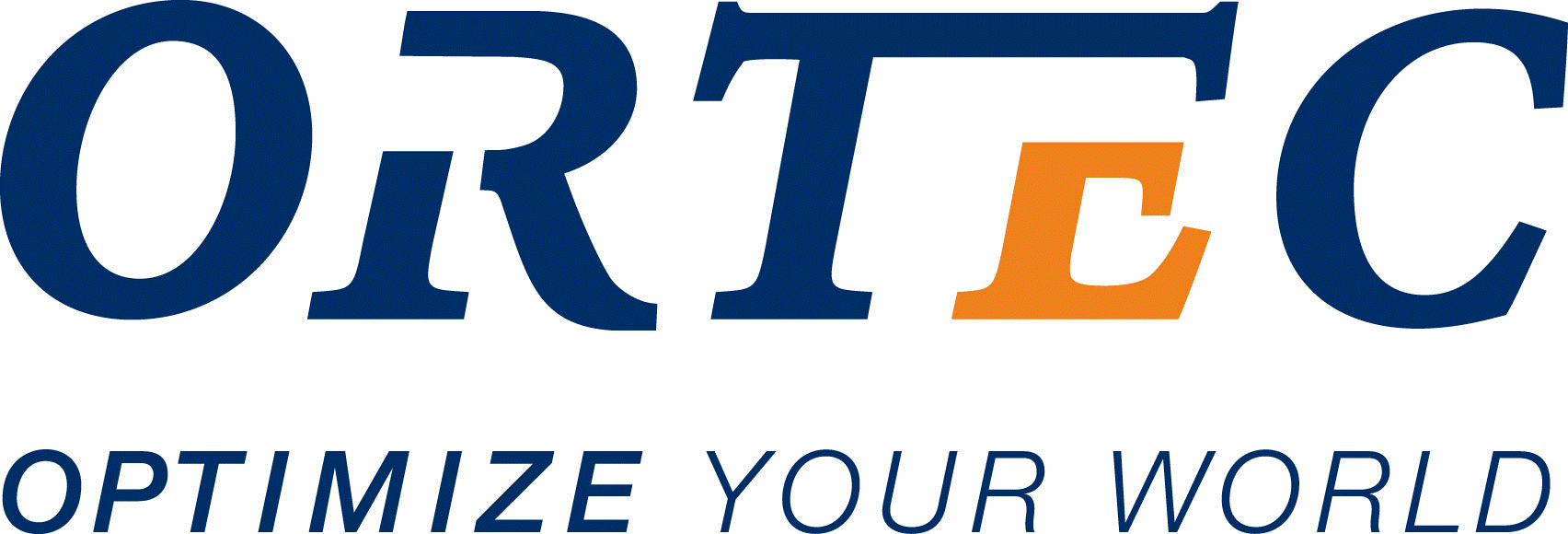Streamlining Your Supply Chain: Strategies for Manufacturers
Any business with an inventory benefits from a supply chain — and effective supply chain management (SCM) is key to its success. For instance, a clothing manufacturer may use SCM to manage inventory levels at warehouses and retail stores. Or if you run a food business, SCM can help track the movement of your products from farms and processing plants to distribution centers and retail stores.
By effectively managing supply chains, businesses can improve their efficiency, reduce costs, and improve customer satisfaction.
Learn the ropes of supply chain streamlining in this in-depth article. From understanding SCM to inventory management strategies and supply chain automation, get into the nitty-gritty of SCM to boost your business.
Understanding Supply Chain Streamlining

Photo by Ivan Samkov from Pexels
SCM is the streamlining of various processes and functions within a business organization and with external partners such as suppliers and distributors to optimize the flow of materials, information, and finances from the source to the end customer. The goal is to efficiently deliver products or services to customers at the right time and at an optimal cost.
Almost 90% of consumers say the customer experience is as important as the quality of goods and services they get from a company. Without proper SCM methods, it’s safe to say business owners can expect more dissatisfied customers and a significant dip in sales.
SCM is even more important for scaling businesses. Planning to launch new products? Streamlining your supply chain hastens new product launches by ensuring you have all the necessary materials and components on hand. Expanding into new markets? SCM helps you manage the logistics of transporting and distributing your products to new customers.
Key Elements of a Streamlined Supply Chain
As a business owner, you need three key elements to a responsive supply chain: demand forecasting, inventory optimization, and supplier collaboration.
- Demand forecasting. Anticipating customer needs helps enhance your production planning and strategic decision-making.
- Inventory optimization. To ensure significant cost-savings and customer satisfaction, it’s important to maintain the right amount of stock, minimizing costs related to excess inventory or stockouts while enhancing order fulfillment efficiency.
- Supplier collaboration. Open communication with suppliers ensures everyone is on the same page regarding production schedules, quality standards, and delivery timelines.
Together, these elements allow you to operate efficiently, reduce costs, meet customer demands, and adapt swiftly to market changes.
Techniques to Reduce Lead Times

Photo by Tiger Lily from Pexels
Reducing lead times enables a chain reaction of benefits for a manufacturing company. By cutting down the time it takes to produce a product, you increase your output, minimize holding costs, and make happy customers. The question is… how? Learn a thing or two from these approaches:
Just-In-Time Manufacturing
When it comes to supply chain management, a method that stands out is just-in-time (JIT) manufacturing. Just-In-Time (JIT) manufacturing is a production strategy that originated in Japan, notably in the Toyota Production System.
So, why do industry giants like Toyota, Amazon, Apple, and Nike use this strategy? Simple. This method aims to minimize waste, reduce inventory costs, and enhance efficiency. With a core principle to produce goods only as they are needed in the production process, businesses are able to reduce the cost of storing inventory and free up capital that can be used for other purposes.
But the JIT manufacturing method also has its fair share of challenges. Relying on precise timing makes the system vulnerable to disruptions in the supply chain, such as delayed shipments or shortages in raw materials. Accurate demand forecasting is also critical. Inaccuracies can lead to overproduction or stockouts, disrupting the JIT flow.
Furthermore, shifting from traditional manufacturing methods to JIT requires significant changes in processes, employee training, and supplier relationships, presenting initial implementation challenges.
Advanced Planning Systems (APS)
Advanced planning systems (APS) are software applications that help manufacturing companies optimize their supply chains. APS uses sophisticated algorithms to analyze data from across the supply chain, including demand forecasts, inventory levels, production capacity, and transportation costs. This information is then used to generate plans that minimize costs and maximize efficiency.
Many companies across industries, such as Coca-Cola and TNT Express, use APS to improve their supply chain and reduce operating costs by 5-9%. APS can help manufacturing companies in a number of ways, including:
- Reducing inventory costs. By optimizing their inventory levels, APS systems can help companies to identify and reduce obsolete inventory.
- Improving production planning. APS systems consider all factors that affect production, such as demand forecasts, inventory levels, and production capacity. This can help companies to avoid bottlenecks and disruptions in the production process.
- Improving transportation planning. APS systems help in optimizing the routes of trucks and other vehicles. This leads to reduced transportation costs and improved delivery times.
- Improving customer satisfaction. Customers are more likely to be satisfied if they receive their products on time and at a competitive price.
Inventory Management for Efficiency

Photo by cottonbro studio from Pexels
Efficient inventory management is crucial for any manufacturing company. Say you’re an electric razor company gearing up for the launch of a highly anticipated new model. These unsold units become a financial burden if you overestimate demand and produce excess razors. They tie up capital, occupy warehouse space, and might become outdated before they are sold, leading to significant losses.
And if you underestimate demand and don’t produce enough razors, there will be stockouts. Customers eager to purchase the new model might be disappointed, leading to lost sales opportunities and potential damage to the company’s reputation.
The company can strike the right balance by employing efficient inventory management techniques, such as accurate demand forecasting and optimized production schedules.
Benefits of Reduced Inventory Levels
Inventory can be a significant cost for businesses, as it requires capital to purchase and store. They can become obsolete or damaged if it is not sold quickly enough. By reducing inventory levels, businesses can free up capital, reduce waste, and improve their bottom line.
Moreover, high inventory levels can lead to inefficiencies in the supply chain, such as longer lead times and increased transportation costs. Businesses can streamline their supply chains and improve efficiency by reducing inventory levels.
Inventory Reduction Strategies
Reap the abovementioned benefits by reducing inventory levels through the following approaches:
Narrow Down Your Inventory with ABC Analysis
ABC analysis is a classification technique that categorizes items in inventory based on their importance. Typically, items are divided into three categories:
- A Items (High-Value). These items represent a small portion of the inventory but contribute to a significant portion of the overall value. Tight control and frequent monitoring are essential to avoid overstocking or stockouts.
- B Items (Moderate-Value). B items are of moderate importance and value. They must balance monitoring and stocking levels to ensure availability without tying up excessive capital.
- C Items (Low-Value). C items have the lowest value and often constitute a large portion of the inventory. These items are monitored less frequently, and inventory levels are kept at a minimum to avoid unnecessary holding costs.
By categorizing items using ABC analysis, businesses can focus their attention and resources on managing high-value items more closely, leading to reduced inventory costs.
Determine Your Economic Order Quantity (EOQ)
EOQ is a calculation that helps businesses determine the optimal order quantity to minimize total inventory costs. It considers factors such as ordering costs, holding costs, and demand rate. By finding the right balance between ordering in bulk to reduce unit costs and minimizing holding costs, EOQ ensures that businesses order the right quantity at the right time. This strategy prevents excess inventory, reduces carrying costs, and optimizes the use of warehouse space.
Regularly Check Inventory Through Cycle Counting
Unlike traditional physical inventory counts, cycle counting allows businesses to count specific items frequently throughout the year. By regularly checking inventory levels, discrepancies and errors are detected promptly. This method provides accurate, real-time data on inventory quantities, allowing businesses to identify and rectify issues swiftly.
Cycle counting minimizes the need for large-scale inventory counts, reducing disruptions in operations and ensuring that inventory levels are always accurate and reliable.
Technology’s Role in Streamlining Supply Chains

Photo by Tiger Lily from Pexels
Supply Chain Automation
Businesses have been adapting to automation since the recent boom of generative AI. Companies like Amazon, Tesla, and Siemens have been using automation software and robotics to speed up their processes.
But contrary to popular belief, supply chain automation isn’t here to take away people’s jobs but to make them a whole lot easier. Particularly, it has yielded immense benefits for manufacturing companies with:
- Increased efficiency. By automating repetitive and time-consuming tasks, employees are free to focus on more strategic and value-added activities.
- Reduced costs. For example, automated inventory management systems help reduce inventory costs, and transportation scheduling systems help companies to reduce transportation costs.
- Improved quality. Supply chain automation can help reduce the risk of human error, such as in order fulfillment.
- Increased agility. Automating the supply chain allows businesses to respond quickly to changes in demand or supply. For instance, automated transportation scheduling systems can help companies reroute shipments to avoid disruptions.
- Improved customer satisfaction. Automating customer service systems helps companies resolve customer issues quickly and efficiently, delivering products on time and at a competitive price.
Real-time Tracking and Data Analytics
With real-time visibility, manufacturers can optimize their processes, reduce bottlenecks, and enhance overall operational efficiency. They can make swift adjustments in production schedules and inventory levels based on real demand, minimizing delays and excess stock. Plus, they can spot potential issues in the supply chain quickly, ensuring smooth-sailing production.
To make informed decisions based on accurate data analytics, manufacturing companies can benefit from the following tools and platforms:
- IoT Devices. Internet of Things (IoT) devices like sensors and RFID tags provide real-time data on the location and condition of goods in transit. They enable manufacturers to monitor the entire supply chain, from production facilities to end-users.
- Supply Chain Management Software. Advanced software solutions offer real-time analytics, demand forecasting, and inventory tracking. These platforms aggregate data from various sources, providing comprehensive insights into the supply chain’s performance.
- Big Data Analytics. Big data tools process vast amounts of data, identifying patterns and trends. Manufacturers can analyze this data to optimize supply chain processes, enhance efficiency, and respond quickly to market demands.
- Blockchain Technology. Blockchain ensures transparency and security in the supply chain. It provides a decentralized, tamper-proof ledger, enabling manufacturers to track every transaction and movement of goods in real-time, ensuring authenticity and reducing the risk of counterfeiting.
Strengthening Supplier and Distributor Relationships

Photo by Artem Podrez from Pexels
The supplier and distributor relationship is one of the most important relationships in supply chain management. Suppliers provide the raw materials and components that businesses need to produce their products, while distributors help businesses get their products to market.
Get started with the following methods:
Collaborative Planning, Forecasting, and Replenishment (CPFR)
CPFR is a business process that involves trading partners collaborating to improve the efficiency and effectiveness of their supply chains. It is based on the principle that by sharing information and working together, companies can better forecast demand, plan production, and manage inventory.
CPFR is a four-step process:
- Planning. The first step is to develop a shared understanding of the business goals and objectives of all trading partners. This includes identifying common metrics and performance standards.
- Forecasting. Once the business goals and objectives have been aligned, trading partners can begin to collaborate on forecasting demand. This involves sharing sales data and customer insights, as well as developing joint demand forecasts.
- Replenishment. The next step is to develop joint replenishment plans. This involves working together to determine the optimal inventory levels and order quantities.
- Execution. The final step is to execute the joint plans and monitor the results. This may involve making adjustments to the plans as needed.
CPFR is a complex process, but it can offer a number of benefits for trading partners, including:
- Reduced inventory costs
- Improved customer service
- Increased sales
- Reduced costs
- Improved supply chain visibility
Vendor-Managed Inventory (VMI)
VMI is another supply chain management strategy in which a supplier takes responsibility for managing the inventory levels of its customers. This can involve forecasting demand, placing orders, and delivering goods directly to the customer’s warehouse.
VMI can help customers to reduce inventory costs by optimizing their inventory levels and reducing the risk of stockouts. It also helps suppliers to increase sales and reduce costs by streamlining their operations and improving efficiency. Overall, this method helps nurture supplier-customer relationships by fostering collaboration and trust.
Unlike in CPFR, where the collaborative process is between suppliers and customers, in VMI, the supplier takes responsibility for managing the inventory levels of its customers.
Constant Innovation is Key
In today’s competitive manufacturing landscape, the importance of effective supply chain management cannot be overstated. It’s the engine that keeps your manufacturing business running smoothly, ensuring you meet customer demands, maintain cost efficiency, and stay ahead of the competition. Embracing new trends and technologies, such as JIT manufacturing, APS, and VMI, is like boosting your business. It streamlines operations and enhances agility, responsiveness, and customer satisfaction.
So, whether it’s reducing inventory, collaborating closely with partners, or harnessing data-driven insights, these tools set your manufacturing business apart. Remember: in this ever-evolving landscape, those who adapt and innovate will not only survive but thrive.
References
- Haan, K. (2023, October 2). Best Supply Chain Management Software 2023. Forbes Advisor. https://www.forbes.com/advisor/business/software/best-supply-chain-management-software/
- JIT Just-in-Time manufacturing. (n.d.). https://www.ifm.eng.cam.ac.uk/research/dstools/jit-just-in-time-manufacturing/
- Kant, G. (2019). Top 10 Reasons to Optimize Transportation Planning. ORTEC. https://ortec.com/assets/2019-05/ORTEC%20White%20paper%20Transportation%20Planning%20Optimization.pdf
- Muskan. (n.d.). 10 Applications of Big Data in Manufacturing | Analytics Steps. https://www.analyticssteps.com/blogs/10-applications-big-data-manufacturing
- Salesforce. (2023). Salesforce Report: Nearly 90% Of Buyers Say Experience a Company Provides Matters as Much as Products or Services. Salesforce. https://www.salesforce.com/news/stories/customer-engagement-research/
- SupplyChainBrain, R. J. B. (2023, October 5). Watch: Automation’s Effect on Labor: Reduction, Not Elimination. Supply Chain Brain. https://www.supplychainbrain.com/articles/38199-watch-automations-effect-on-labor-reduction-not-elimination





